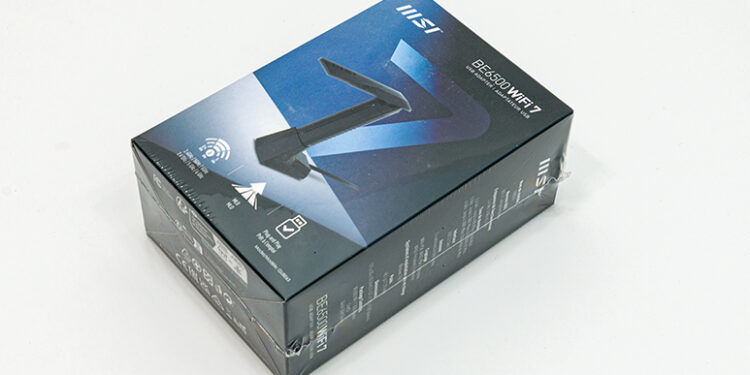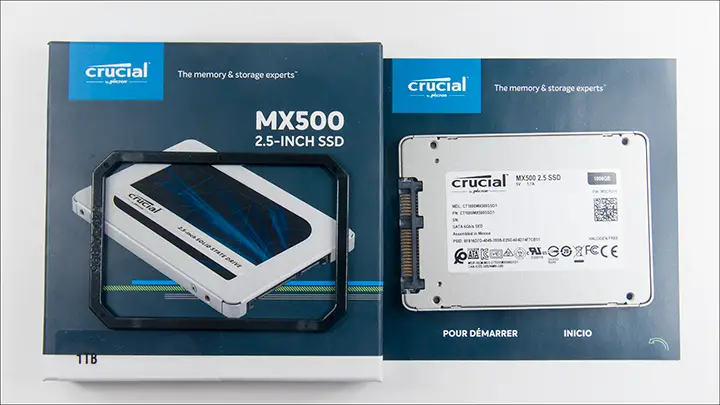Not that long ago, a.k.a. before the WiFi 7 standard was standardized, we took a long hard look at the (for the time being) innovative AXE5400 WiFi 6E USB adapter from MSI. At the time, MSI was not exactly a household name in the wireless networking space. We would go as far as saying that we personally were only vaguely aware of them in that niche. Thankfully, we walked away with a highly improved opinion of MSI’s networking division. We added the AXE5400 to our personal recommendation list as it combined excellent (for its class) networking performance with an excellent (for its class) real-world asking price; and did both while still being well within the realm of reasonable from a portability point of view. What it could not, and cannot ever do, is offer WiFi 7 support… and this is where the all-new MSI BE6500 enters the room with a self-confident swagger.

On paper, it indeed promises to build off the AXE5400’s success by offering everything we liked about that USB networking device while also promising to offer tangible, real-world performance improvements. Yes, the weight has increased a smidgen from ~46 grams to 48.2 grams. Yes, it is a “whopping” 9mm longer (officially 111mm vs 102mm). Yes, it is slightly chunkier at 33mm vs 30mm, and 1mm “taller” at 20mm vs 19mm. That is, at best, all still well within the realm of rounding error differences, and at worst still, as we will show later in the review, allows the BE6500 to fall into the easy Everyday Carry category. As such, unless there is something massively hidden by wily specification “tweaking,” the BE6500 should do everything the AXE5400 could… but do it as well or better.
Also on paper, MSI has not radically departed from the blatantly successful blueprint of the AXE5400. Reaching out, once again, to Edimax to build a Realtek-based solution for them is a very good idea. Edimax is known for its crazy value, and as long as you watch them like a hawk, they provide great devices at a great price. In this instance, MSI opted for a highly customized version of their top-of-the-line USB 3.2 Gen 1 (albeit Type-A) model. A device that makes use not of the Realtek RTL8832CU (a.k.a. the power behind the AXE5400) but rather a variant of the Realtek RTL8922-series chipset family. Specifically, a Realtek RTL8912 variant, which simply lacks the ’22’s BT abilities and yet costs way, way less. The same is true of the antenna. A tri-band, dual-antenna array by AirGAIN does not cost all that much more than what is typically used (the equivalent of a ball of string and maybe a tin can if you buy the premium option)… and yet offers (relatively) fantastic coverage. Coverage that is rarely seen in the “old-school” non-Type C USB power envelope arena. This combination of practicality in where to focus their budget combined with the experience of both Edimax (building it) and MSI (what consumers actually want… and not just what they say they want) is why and how MSI was able to keep the MSRP in check at about 80 USD. Yes. That is indeed more than what the AXE5400 demanded on its launch day, but compared to, say, the various ASUS options that use the exact same Realtek chipset but with worse antennas, it is a relative steal of a deal… on paper.
With that said, and as all experienced builders know, paper has been known to lie. “The Sophomore Slump” is a legitimate concern. So the obvious question we will endeavor to answer is simple: is the BE6500 not only a great successor to MSI’s WiFi 6E AXE5400 but a great WiFi 7 USB adapter in its own right? Let us dive in and see if the AXE5400 was just a lucky mistake or indeed the start of a new MSI legacy.










